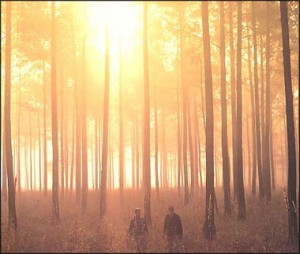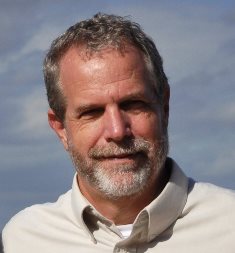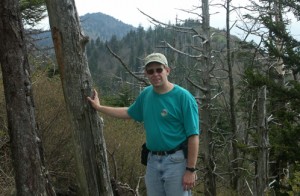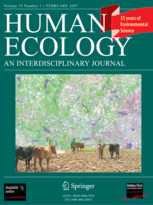Are we building our way to ruin? That’s the premise of a provocatively titled new book released this month: The Housing Bomb: Why Our Addiction to Houses Is Destroying the Environment and Threatening Our Society.
Lead author Dr. Nils Peterson, associate professor of fisheries, wildlife and conservation biology in NC State’s College of Natural Resources, focuses his research on the intersections between human and natural systems, including the modern subdivision.
For an insider’s look at The Housing Bomb, check out this interview with Dr. Peterson in The Abstract.






